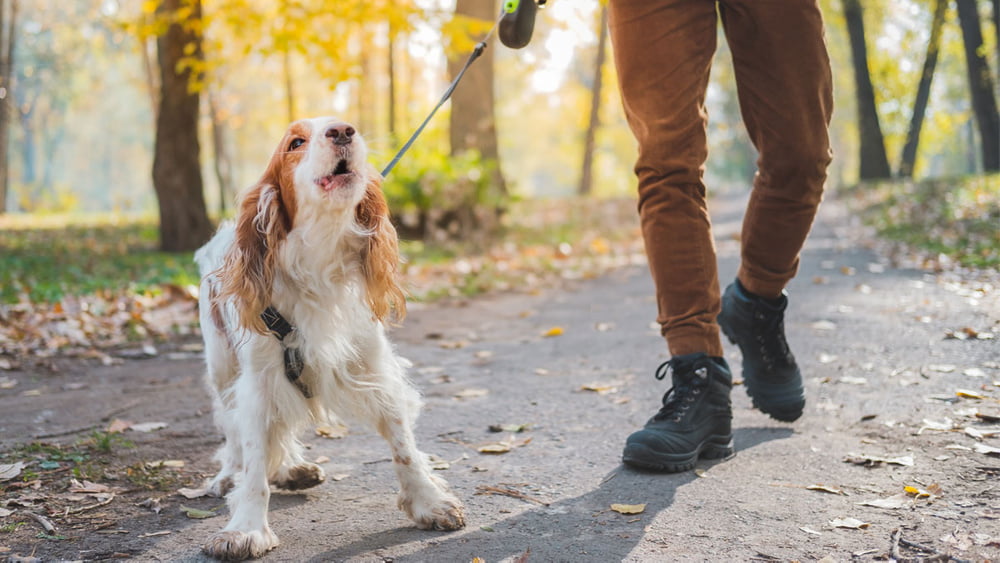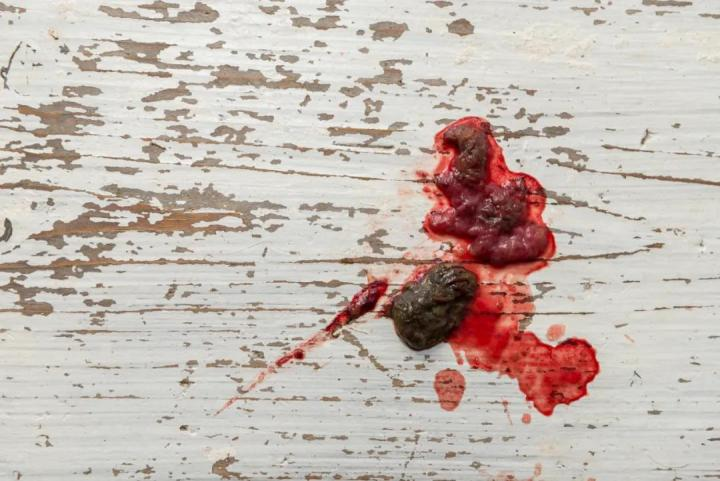My dog is pooping skinny poop: Here are Possible Conditions
My dog is pooping skinny poop, dog owners may be wondering what is happening to their beloved companions and what they can do to help them. One thing to consider is whether the narrow stools in dogs is a one-time recurrence or whether it is happening with great frequency such as on a daily basis. Long and skinny stools in dogs that occur infrequently are probably harmless. However, if a dog has skinny poop quite frequently, or there is a development of other symptoms, it can be indicative of a problem. It is, best to see the vet for proper diagnosis and treatment based on the underlying finding.
My dog is pooping skinny poop
It’s always a good idea for dog owners to grow accustomed to what their dog’s normal stools look like. Although checking a dog’s stool may appear like something odd to do, the truth is that owners who check their dog’s stool on a routine basis, are better equipped to identify early signs of problems.
Normal dog stool is typically solid brown in color and shaped like a log, that is, cylindrical and preferably, easy to pick up, leaving no mess behind. The cylindrical log-like shape is suggestive of the dog’s lower intestine or rectum being in good shape. A dog’s poop shape is due to its formation within the intestines.
Read Also: Can I feed my dog grain or is it cruelty to animals?
Checking with a veterinarian upon noticing any changes in a dog’s bowel habits — such as narrower than normal stools, especially if it lasts longer than one to two weeks, is always recommended. Narrow stools in dogs may be indicative of an issue in the dog’s colon or rectum restricting the poop as it comes out. There are several possible underlying causes of narrow, skinny poop in dogs that require investigation.

Presence of a Rectal Mass
As mentioned, flat or narrow skinny stools in dogs can be due to some degree of pressure or blockage changing the shape of the stool before it leaves the rectum. Finding the source of anything obstructive or compressive causing a stricture in the passage of stools in this location is important.
When a dog has a skinny poop, a vet will therefore typically conduct a physical examination including a rectal exam. A vet will put on gloves and check with his/her fingers for any abnormalities in the dog’s rectal area.
In a rectal exam, the vet is checking for any abnormalities such as the presence of masses. Dogs may develop a variety of masses in this area and these can be benign masses or malignant masses. Benign masses include perianal adenomas (mostly seen in intact male dogs), polyps and anal cysts, while malignant masses include forms of rectal cancer such as rectal adenocarcinomas. Unfortunately, it is impossible to tell whether a mass is a cancer through a rectal exam alone without doing further testing.
Read Also: Dog law: Every dog owner should know these commandments
Prostate Englargement
Intact male dogs (not neutered) may undergo prostate enlargement, just like humans do. The prostate is a gland situated directly below the bladder. it is estimated that, by 9 years of age, the chances for prostate enlargement in dogs is as high as 95 percent. Enlargement of the prostate in elderly, intact male dogs is therefore quite similar to the benign prostatic hyperplasia seen as men age.
On top of developing thin stools, intact male dogs with an enlarged prostate may have difficulty urinating and completely emptying the bladder. Neutering intact male dogs prone to having an enlarged prostate due to benign prostatic hyperplasia may help reduce prostate size. Prostate enlargement in a neutered dog is not very common considering that the enlargement occurs due (My dog is pooping skinny poop) to the presence of testosterone.
Other conditions that may cause prostate enlargement in dogs and subsequent thin stools include prostatitis (the swelling and inflammation of the prostate gland), infection of the prostate gland or prostate cancer. Prostate cancer in dogs (prostatic adenocarcinoma) can take place in both intact and neutered male dogs and is diagnosed often once the cancer is at an advanced stage most often in dogs 8 to 10 years old.
Typically a urinalysis, x-rays, ultrasound, and a rectal examination are needed to determine what type of underlying prostate condition may be present. A needle aspirate of prostatic fluid taken from the gland can help rule out cancer.
This could also be of interest to you: Breathable Transparent Backpack For Puppy Cat
Other Possible Conditions of pooping skinny poop
Other possible conditions that may cause thin stools in dogs are blockages and masses found in other parts of the dog’s lower intestine (colon) and anal gland area.
Any obstruction in the dog’s lower portion of the intestine may force the dog’s stool to emerge in a thin, pencil-thin form. Obstructions may be caused by ingestion of foreign items or localized presence of masses or swellings as it may happen with benign and malignant tumors.
Masses found growing in the large intestine, or on the outside of the intestine may be therefore compressing the wall of the intestine causing abnormal-looking stools(My dog is pooping skinny poop).
Anal sac tumors can too affect dogs. An apocrine adenocarcinoma of the anal sac is a malignant form of cancer that may cause thin stools in dogs. If the vet suspects this, taking x-rays of the abdomen may help determine whether local lymph nodes have been affected. Anal sac tumors tend to spread to regional lymph nodes.
Anal sac adenocarcinomas are known for secreting a parathyroid-like hormone that causes increased calcium levels in the bloodstream. This can be problematic considering that high calcium levels result in kidney failure.
In some cases, a dog’s lumbar lymph nodes may become enlarged compressing the dog’s large intestine from the top.
As seen, when a dog has skinny poop there can be several underlying causes at play. It may be nothing serious and due to a temporary digestive issue such as diarrhea, but when it persists or presents with other symptoms, it can indicative of a problem. For this reason, it’s always best to see the vet for diagnosis and treatment.

